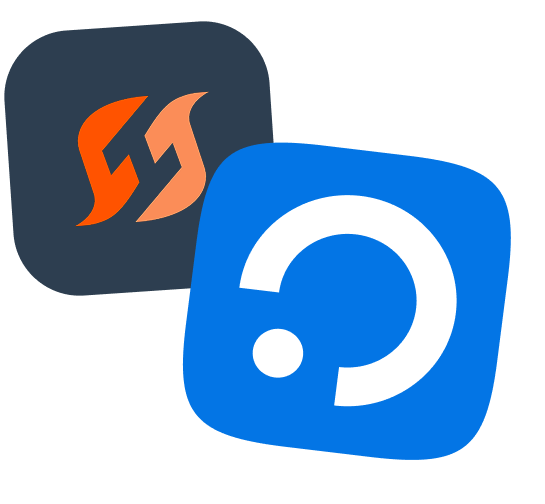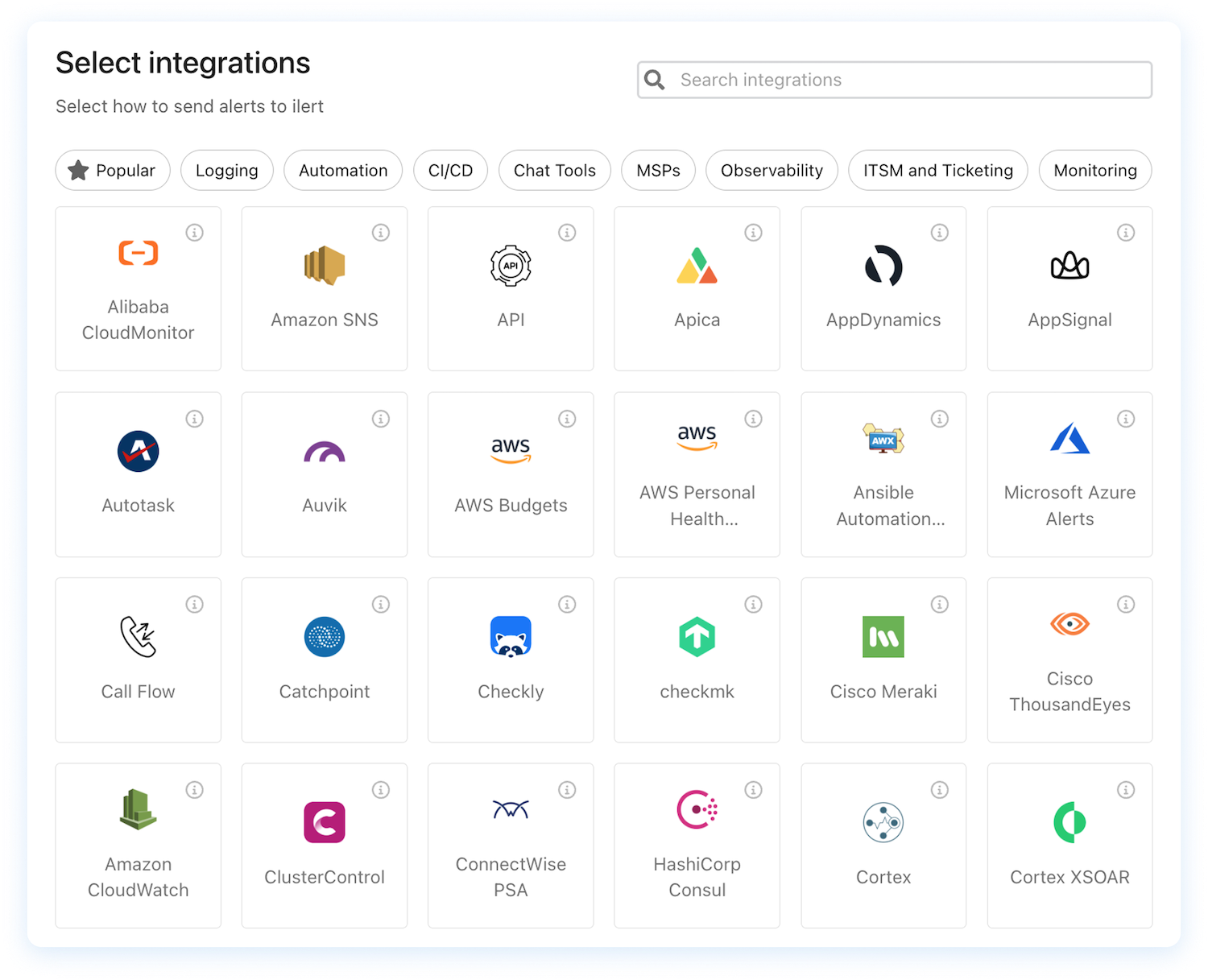
Which solution best fits your company's needs?
This page breaks down ilert vs. FireHydrant: AI depth, integrations, hotlines, status pages, pricing, and EU-ready compliance – so you can pick the platform that truly fits your team.

ilert is trusted by companies like










































































ilert vs. FireHydrant in brief
While both platforms offer features to cover the full incident lifecycle, the core difference between ilert and FireHydrant lies in their philosophy. FireHydrant is runbook-first, built to standardize incident rituals – such as spinning up channels, following checklists, filing tickets, and establishing video meetings – while its Signals module covers schedules and notifications. That’s ideal if you want prescriptive automation inside tools like Slack, Jira, and Zoom.
ilert, by contrast, optimizes the entire alert path from detection to routing, on-call, and stakeholder communications in one AI-powered flow. As an AI-first platform, it reduces toil by grouping noisy alerts, acts as the first line of response with the help of voice agents, accelerates decision-making and surfaces root causes with its AI SREs, and takes the burden of manual status updates and postmortem documentation preparation. Overall, ilert aims to reduce the workload for operational teams regardless of the complexity and sophistication of their systems and chosen tools.
What are the key distinctions between ilert and FireHydrant?
Compare their features in one quick view.
AI coverage
FireHydrant’s AI Copilot focuses on assisting responders during and after an incident, featuring tools such as AI-generated incident summaries, meeting transcription, drafted retrospectives, and recommended status page updates. Additionally, it highlights triage workflows in Slack.
ilert applies AI across the full lifecycle, including the earliest stages. For example, intelligent alert grouping reduces noise before humans engage. ilert also lets you create AI SREs that act as an experienced responder during incidents, identifying the root cause, suggesting recommended actions, and facilitating faster resolution. ilert AI Voice agent for hotline scenarios helps gather critical information before the manual alert is passed to the on-call engineer. These and many other AI features in the ilert platform help reduce manual work and minimize human involvement in routine, non-critical tasks.


Your stack, fully wired
Your incident management platform should be a central point of all alerts and, therefore, easily connect with all your tech stack. Looking at ilert, you'll notice over 140 built-in integrations of various types. Monitoring, logging, and observability, ITSM and PSA, CI/CD, chat, and collaboration tools – ilert concentrates on platforms that are critically important for the IT team. You can pull alerts from monitoring, ITSM, and PSA tools, push updates back into tickets, and automatically enrich incidents with release details from tools like GitHub or GitLab. It also covers MSPs’ needs.
FireHydrant, by comparison, offers fewer options – around 50 integrations. It also provides monitoring, observability, ChatOps, and ticketing tool integrations, but focuses on fewer use cases. If you are an IT service provider, it might be challenging to connect your stack with FireHydrant, and you will have to consider building your own custom connectors via webhooks and API for integrations not mentioned in the catalog.
When monitors miss: Hotlines for manual alert triggers
Both platforms let you raise the alarm by phone – not just via monitoring or ITSM. ilert offers call routing with configurable call flows that connect callers to the current on-call, escalate on no-answer, and can collect details via an AI Voice Agent before creating or enriching the alert. Perfect when a customer or teammate notices something your monitors missed.
FireHydrant only offers comprehensive but limited live call routing, allowing users to dial a number to reach the on-call representative or leave a voicemail. No visual editor or advanced features, like PIN codes or AI voice agents, are provided.


Incident comms strategy
In short, FireHydrant focuses on quick internal sharing and flexible external options, while ilert adds fine-grained audience targeting, more automation, and history tracking for all types of pages.
To be more detailed, ilert provides public, private, and audience-specific pages with AI-drafted messages and automated updates via alert actions and AI SRE agents. All pages contain a history of incidents and can be accessed by the users at any time.
FireHydrant offers internal pages for in-org visibility, also naming them “per-incident status pages.” Such a page disappears two days after the incident is resolved. It also has no audience-specific pages.
Finally, while ilert treats status pages as an add-on, it offers a basic public page on a free plan, too. FireHydrant includes pages in paid plans, but the private option is available only for Enterprise customers.
Comparing pricing models
FireHydrant uses plan bundles: the Pro plan is listed at US$9,600/year and includes up to 20 responders with a fixed set of runbooks, integrations, and “Signals” on-call; Enterprise unlocks items like private incidents and status pages, AI features, alert grouping, and live call routing.
By contrast, ilert follows a per-user pricing approach with optional add-ons, so costs scale linearly with headcount and you can turn features on as needed without changing tiers. It also doesn't limit the use of integrations for any of the plans, including the free one. In short, FireHydrant optimizes for bundled seats and feature gates at higher tiers, while ilert emphasizes predictable, user-based pricing with modular add-ons that make budgeting and expansion more straightforward.
Also, an important note for small and startup teams: FireHydrant does offer a 14-day trial, but after that, users must choose one of the paid plans. At the same time, ilert offers both a trial period and a free plan for teams of up to 5 people.

ilert vs. FireHydrant at a glance


Security and GDPR posture
ilert takes a Europe-first approach: hosted in Germany, GDPR-aligned, and ISO 27001 certified – so data stays in the EU and cross-border transfers are minimized. FireHydrant emphasizes SOC 2 Type II, and its policy notes that EU personal data may be processed in the United States under appropriate safeguards.
If EU data residency and reducing transfer risk are top priorities for you, ilert’s Germany-hosted footprint is a clear differentiator. If your organization is comfortable with documented international transfers and controls, FireHydrant can fit well within a standard compliance program.














